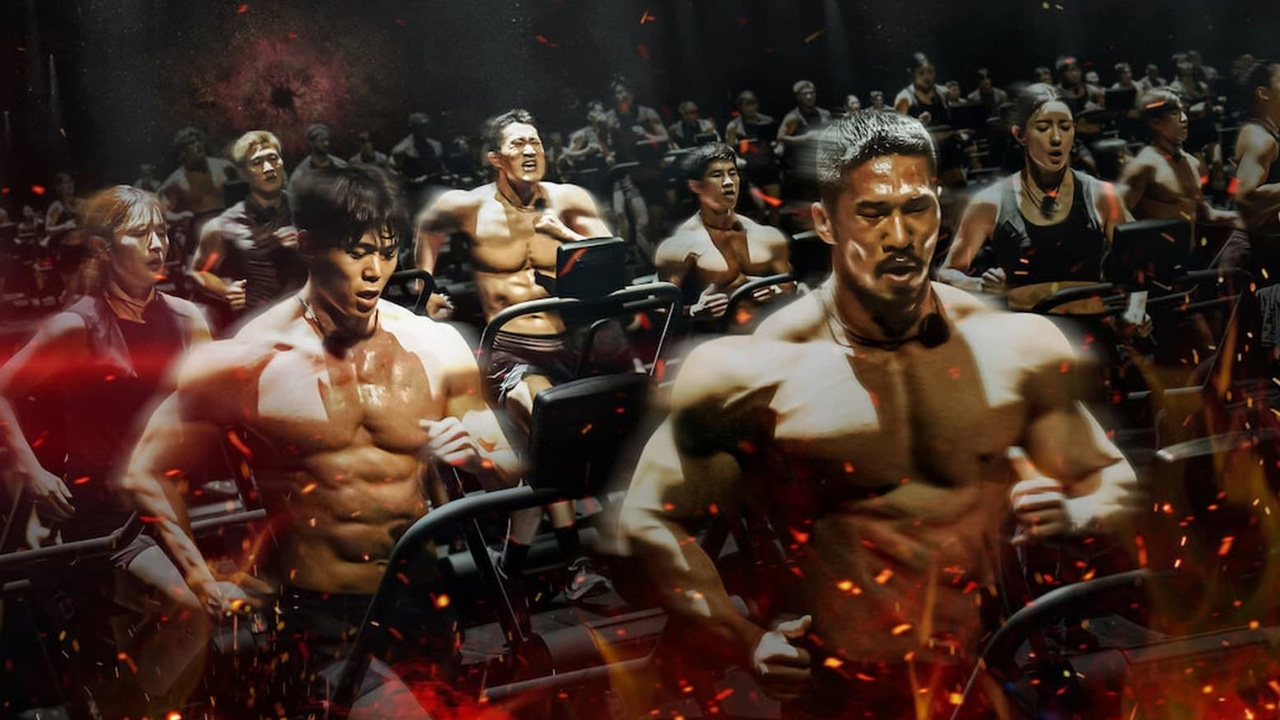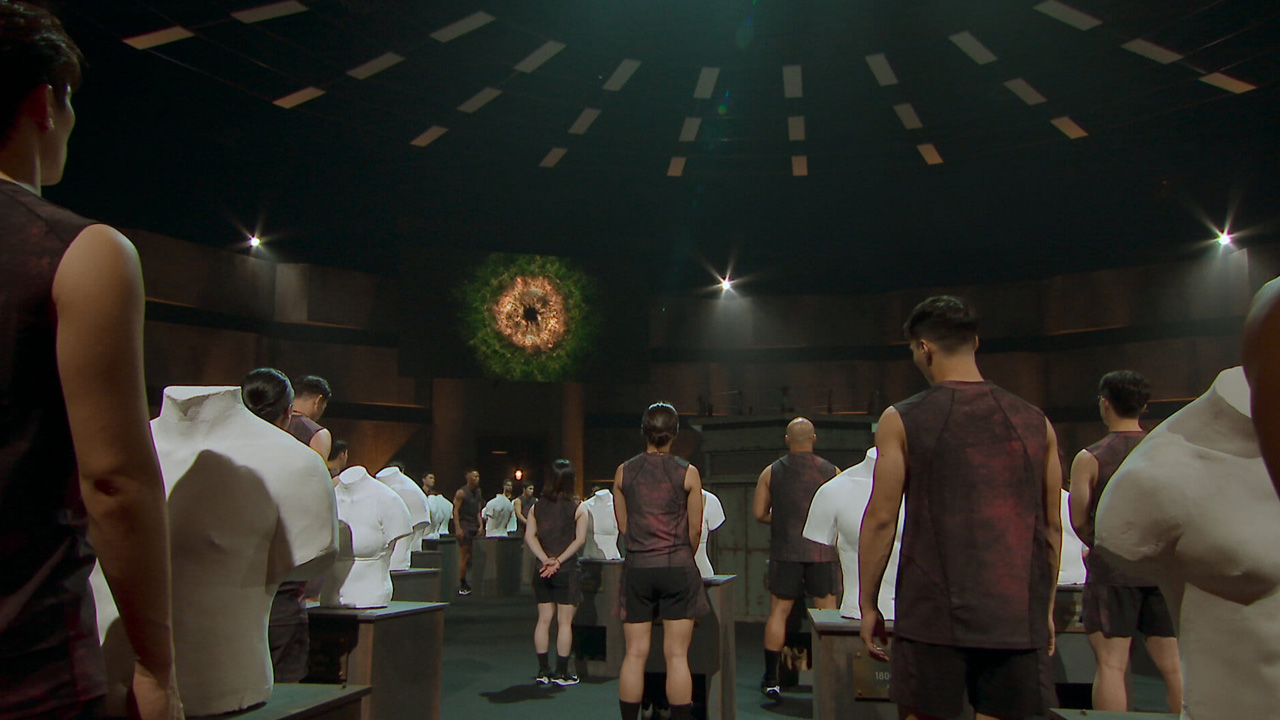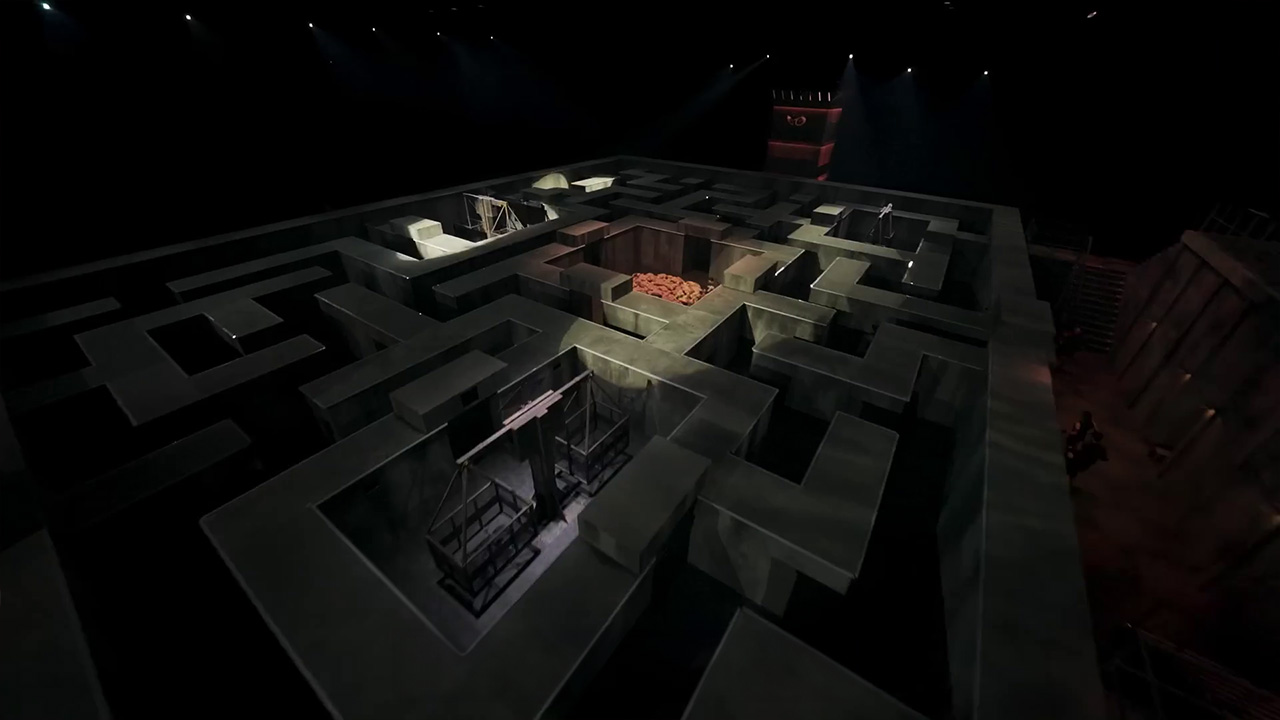Physical: 100 returns, taking its addictive competition formula underground

Fierce fitness competition show Physical: 100 returns with a new underground theme. Liam Maguren caught the first four episodes, detailing what’s changed and what’s stayed the same.
First, an apology. I am truly sorry for anyone who read my piece on Squid Game: The Challenge and thought of giving it a go. While not exactly a rave review, the first few episodes I was able to cover had enough going for them that I wrote it the softest benefit-of-the-doubt recommendation. But the more episodes they released, the more it degraded to Big Brother-style shenanigans and unsatisfyingly cheap games of dumb luck—the finale made me want to throw my Netflix subscription into a shredder.
Fortunately, Physical: 100’s back to deliver a properly compelling elimination-style competition show. Not detracting too much from the first season’s formula of hurling 100 ultra-fit people into a brutal gauntlet of physical challenges, this new season sees enough tweaks and changes to make its “underground” theme feel distinctive.
The first season kicked off with a Dead Hang challenge. The top 50 who could hold onto the bar the longest got to choose their opponents for the first proper elimination round—a 1v1 king-of-the-ball grudge match. Underground takes a similar starting point, but instead of dead-hanging, it’s a running-till-you’re-dead challenge.
Everyone’s set up with their own treadmill; not your average set-your-speed treadmill, but one that moves to the runner’s strength. It’s a hell of a lot harder, with everyone’s score tied to the distance their machine records in 10 minutes. Naturally, the track-n-field stars looked confident in the challenge while the poor sumo wrestler started sweating before the time even started.
Seeing a bunch of fit people running on treadmills might not sound like good telly, but the competitors’ insights into their mind-set makes it far more compelling than you’d think. When the 10 minutes are up, runners recall the muscle-busting fatigue of their efforts and how time itself seems to cruelly slow down the more exhausted they get. You can read it on their reactions, some collapsing on their treadmills once they’ve stopped. Then, Round Two starts.
Comments on athletes’ strategic stride and stamina demonstrate an element of athletic analysis that might only cater to those with an interest in fitness. Fortunately, there’s always a Louvre gallery of fit bods on display, which ought to have more universal appeal, boasting a variety of body types from a 1.5m-tall pocket-rocket to a 200kg colossus. There’s also Kim Min-su, rightfully nicknamed Thanos, who’s so incredibly stacked, it caused another person to say, “I couldn’t believe he was a fellow human.”
The line-up also includes police officers, soldiers, firefighters, MMA fighters, ssireum wrestlers, football players, rugby players, golfers, track-n-field stars, the “Korean king” of kabaddi, CrossFit enthusiasts, cosplayers, actors, dancers, YouTubers, K-pop idols, stars from Singles Inferno and Money Heist: Korea, a tree surgeon, a carpenter, and a dude who calls himself Stun Gun. It’s great, showcasing a disciplinary diversity that leads to some superb and fascinating match-up. Sometimes the underdog wins, sometimes the beefcake dominates—you just never know.

The king-of-the-ball Quest returns with three new (but not all that different) arenas, the show knowing exactly which face-offs to highlight and which ones to fast-forward through. I dare not spoil the matches as there are some stunningly tense slug-outs between the most unlikely of players. Though it can’t hurt to say the most brutal battle comes from two of the show’s shortest competitors.
There’s still the odd bit of smack-talk going on (if you consider “I’m stronger than you,” and “I’m taller than you,” to be talking smack) as well as man statements (a la “We’ll fight like men,” and “He’s a real man,”) that ultimately get eclipsed by the show’s overwhelmingly positive sense of sportsmanship. Everyone on the treadmills rallies together for the battle cry “We’ve got this!” An eliminated contestant saying, “I fell short, but I didn’t fail,” is an incredible example to follow. And the dude that openly cried at the sight of a glorious match? Now, that’s a real man. Above all else, everybody just looks happy to be there.
That sense of sportsmanship transfers to unity in the first team Quest: a twist on Capture the Flag set in a massive maze where players must Farmer’s Carry sandbags to one of three bases (most weight takes the base). Sounds like basic grunt work, but as the first match-up proves, a rock-solid strategy carries more strength than spider monkey lats, and the combination of GoPro-like cameras and drones captures the action effortlessly.

It caps off a compelling first four episodes of Physical: 100 – Underground, this season knowing what made the first so damn addictive and applying it to new players and Quests.
The same, small setbacks remain: the show continues to boast lengthy episodes—over an hour a piece, which can feel like milking a dry cow—and the idea of choosing contestants regardless of “age, gender, or race” still doesn’t ring completely true. Age and gender are given a decent showing, but almost all the players are Korean. Partially, that’s fair enough—it’s a South Korean show, after all, so no-one should bat an eyelid at seeing so many Koreans in the line-up. However, if you’re going to self-promote a racially diverse line-up, you might need more than three or four Black and white guys to make that call.
Not that you’ll see me begging Netflix to make an international version of this magnificent South Korean show, given how badly they mistreated Squid Game with The Challenge.

















